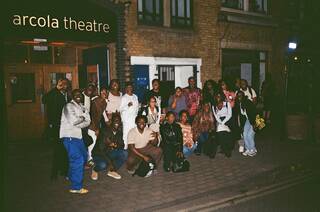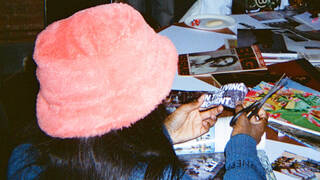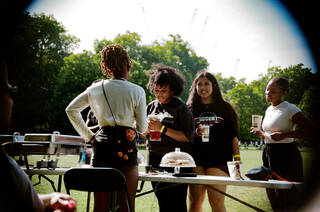

Events
Stories
Blog post
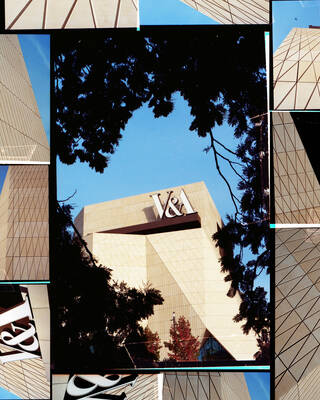
5 things to know about V&A East Museum
Blog post
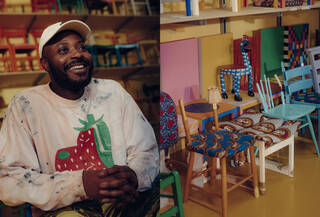
Photos: Inside Yinka Ilor's joyful London studio
Blog post
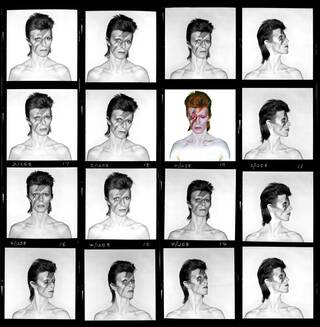
5 things to know about the David Bowie Centre
From the collection
-
 Cut, Slash & Pull, ensemble, by Vivienne Westwood, 1990, England
Cut, Slash & Pull, ensemble, by Vivienne Westwood, 1990, England -
 Powder bowl, made by Halex Ltd, 1930 – 39, Walthamstow, London, England
Powder bowl, made by Halex Ltd, 1930 – 39, Walthamstow, London, England -
 Corset, maker unknown, 1895 – 1900, possibly made in Germany or England
Corset, maker unknown, 1895 – 1900, possibly made in Germany or England -
 Hackney Lesbian Strength and Gay Pride 1993, t-shirt, maker unknown, 1993, England
Hackney Lesbian Strength and Gay Pride 1993, t-shirt, maker unknown, 1993, England -
 Silk programme printed for the 'Grand Opening Night' of the Empire Palace Theatre Stratford, London, designer unknown, 1899, London, England
Silk programme printed for the 'Grand Opening Night' of the Empire Palace Theatre Stratford, London, designer unknown, 1899, London, England -
 Tracksuit showing scenes from the 2011 East London riots, by SIBLING, 2012, London, England
Tracksuit showing scenes from the 2011 East London riots, by SIBLING, 2012, London, England
V&A Shop
Header image: © Victoria and Albert Museum, London
Header video: © Victoria and Albert Museum, London



